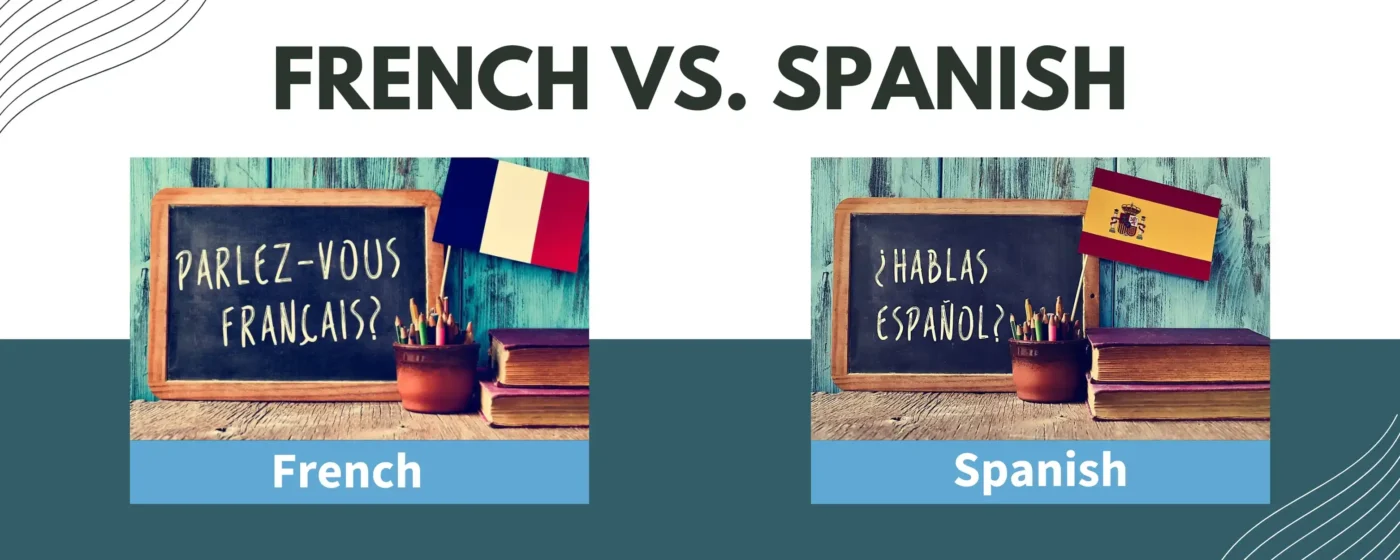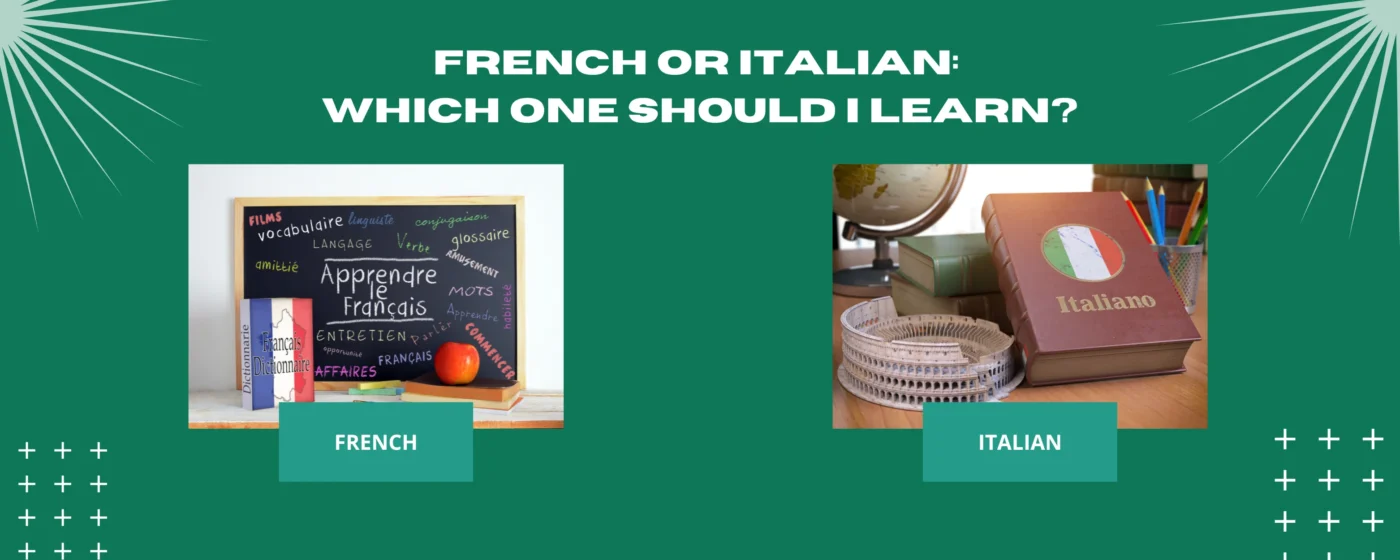Learning a new language doesn’t have to feel overwhelming in fact, it can be surprisingly fun and rewarding. While some languages take years to master, others are much easier to grasp, especially if you’re an English speaker. Factors like simple grammar rules, familiar vocabulary, and shared linguistic roots can make the process smoother and quicker. In this article, we’ll explore the top 10 easiest languages to learn for English speakers, helping you choose the one that best fits your interests, goals, and learning style. Let’s dive in.
Key Takeaways
- Norwegian, Danish, and Dutch are easiest languages for English speakers due to shared Germanic root and simple grammar and familiar vocabulary.
- French, Italian, and Spanish are romance languages have familiar vocab and phonetic pronunciation but vary in grammar difficulty.
- Afrikaans is one of the simplest language with no verb conjugations, no gendered nouns, and phonetic spelling.
- Spanish, French, or Portuguese are popular languages boosts global communication, travel opportunities, and career growth.
- You can choose a language that matches your interests and goals that keeps you motivated and makes your learning faster and enjoyable.
Norwegian
Norwegian is widely considered one of the easiest languages to learn for English speakers due to its simple grammar rules, shared vocabulary, and phonetic pronunciation. As a Germanic language, it shares many structural similarities with English, making sentence structure and verb conjugation relatively easy to grasp.
Language Family: Germanic
Average Time to Learn: 600 hours.
Total Norwegian Speakers as of 2025: Around 4.4 million
Spoken in: Norway
Pros: Norwegian, as a Germanic language, shares strong ties with English, making its pronunciation and grammar surprisingly straightforward. It has prominent use of Latin alphabet and phonetic spelling.
Cons: Not widely spoken outside Norway, so immersion opportunities are limited.
Norwegian uses the Latin alphabet, and its words are often closely related to English words. It has consistent pronunciation rules, what you see is what you say which make it especially beginner-friendly. The lack of complex verb tenses and grammatical genders compared to other European languages gives it an extra advantage. For those looking to pick up a second language with ease, Norwegian is a great place to start if you want.
Danish
Danish is a relatively easy language for English speakers to learn, thanks to its straightforward grammar rules and shared vocabulary. As part of the Germanic language family, Danish has many similarities to English in terms of sentence structure and core vocabulary, which makes picking up the basics quicker.
Language Family: North-Germanic
Average Time to Learn: 600 hours
Total Danish Speakers as of 2025: Around 5.8 million
Spoken in: Denmark
Pros: It has relatively simple grammar with minimal verb conjugation. The vocabulary is mostly similar to other Scandinavian languages.
Cons: The spoken form can differ from its written form.
While Danish pronunciation can be challenging due to its soft consonants and swallowed sounds, learners often overcome this with regular listening and speaking practice. Fortunately, Danish grammar is simpler than many other European languages, with minimal verb conjugation and a consistent sentence structure. With exposure to native speakers and language learning resources, Danish becomes a manageable and rewarding second language to master.
Dutch
Dutch is often considered one of the easiest languages for English speakers to learn due to the large number of English cognates it shares. Words like water, apple, and house are nearly identical in both languages, making vocabulary acquisition smoother.
Language Family: Germanic
Total Dutch Speakers as of 2025: Around 23 million
Spoken in: The Netherlands, Belgium, Suriname, and parts of the Caribbean
Pros: It shares many cognates from English as well as some sentence structure and grammar rules. This language is widely spoken in various European and Caribbean countries.
Cons: Harsh sounds like g and sch can be difficult for learners. It has limited advantage outside Dutch-speaking regions unless your job is directly tied to those countries.
Dutch also follows a sentence structure similar to English, which helps learners understand and build sentences faster. Another bonus is its phonetic spelling system also reduces guesswork. While pronunciation can take some getting used to, the overall grammar and logic behind Dutch are relatively easy for native English speakers. With regular practice, Dutch becomes a practical and accessible second language.
Explore global linguistic diversity with our blog on the Top 18 Most Spoken Languages in the World and understand cultural connections worldwide.
French
French is one of the most widely spoken languages in the world and a great choice for English speakers to learn. English shares a large number of borrowed words from French like menu, ballet, genre making its vocabulary feel familiar. French belongs to the Romance language family but has many grammatical rules that are logical and consistent once understood.
Language Family: Romance
Average Time to Learn: 750 hours
Total French Speakers as of 2025: Over 321 million
Spoken in: France, Canada, Africa, Belgium, Switzerland, and 24 more
Pros: It has many cognates from English. It opens the door for better opportunities in various fields including fashion, arts, diplomacy etc.
Cons: The pronunciation with silent letters gets overwhelming for beginners. Learn French verb conjugation and use of grammatical genders are tricky.
French uses the Latin alphabet and a sentence structure that resembles English in many ways. With abundant language learning resources, French is highly accessible. Structured courses, like those offered by La Forêt Education, simplify French pronunciation, verb conjugations, and grammar rules, helping learners master the language efficiently and confidently.
Italian
Italian is a beautiful and phonetic language, meaning it’s pronounced exactly how it’s written, making it especially beginner-friendly. With a consistent sentence structure and relatively simple grammar rules, Italian is one of the easiest Romance languages for English speakers to learn.
Language Family: Romance
Average Time to Learn: 600 hours
Total Italian Speakers as of 2025: Around 87 million
Spoken in: Italy, parts of Switzerland, and San Marino etc.
Pros: Italian language is known for its rhythmic and phonetics. It has comparatively easier pronunciation with large Latin vocabulary overlapping.
Cons: verb conjugation can be challenging at times.
Italian shares many Latin roots and borrowed words with English, easing vocabulary learning. Its verb conjugations are more regular than in French, and it uses the Latin alphabet, making reading and writing more intuitive. Learning Italian holds cultural value as well, it has world-famous music, cinema, and cuisine. From opera to modern pop, Italian is a widely spoken and culturally immersive second language that learners find both useful and fun.
Learning French? Let’s Make It Easy!
Join our courses and get expert tips that make French feel like second nature!
Portuguese
Portuguese is a phonetic and rhythmic language, making pronunciation easier for beginners. It shares many similarities with Spanish in terms of vocabulary, sentence structure, and grammar, so if you’ve learned some Spanish before, Portuguese will feel familiar and intuitive.
Language Family: Romance
Average Time to Learn: 600 hours
Total Portuguese Speakers as of 2025: Over 270 million
Spoken in: Portugal, Brazil, Mozambique, Angola, and other Lusophone countries
Pros: The vocabulary and grammar are highly similar to Spanish
Cons: Pronunciation, especially in European Portuguese, can be tricky due to nasal sounds and stress patterns.
Portuguese verbs follow regular patterns, and once you grasp the basic conjugation rules, building sentences becomes simple. The language’s phonetic nature means words are generally pronounced the way they’re written, helping learners pick up speaking and listening skills faster. With Brazil’s global cultural and economic influence, Portuguese is becoming increasingly relevant for international travel and business.
Romanian
Romanian is a Romance language, closely related to French, Spanish, and Italian. If you’ve learned any Latin-based language before, Romanian will feel familiar in both vocabulary and grammar. It uses the Latin alphabet and has a logical, rule-based grammar system, making it easier to follow for structured learners.
Language Family: Romance
Average Time to Learn: 600 hours
Total Romanian Speakers as of 2025: Around 30 million
Spoken in: Romania, Moldova, and Romanian communities worldwide.
Pros: Romanian is a Romance language and shares many similarities with French, Italian and Spanish. It uses the Latin alphabet and has largely phonetic pronunciation.
Cons: Slavic loanwords and pronunciation patterns can feel unfamiliar at first.
Although it has Slavic influences in pronunciation and some vocabulary, Romanian maintains the core grammar structures of other Romance languages. Exposure to French or Italian significantly boosts comprehension. With clear verb conjugations, gender rules, and sentence patterns, Romanian is a manageable and unique language to learn, perfect for learners looking to expand their Romance language repertoire.
Spanish
Spanish is one of the most popular and easiest languages for English speakers to learn. Its global presence and practical use in travel, work, and culture make it highly accessible. Spanish is largely phonetic and the words are pronounced exactly as they are spelled which makes reading, speaking, and listening easier to master.
Language Family: Romance
Average Time to Learn: 600 hours
Total Spanish Speakers as of 2025: Over 500 million
Spoken in: Spain, Latin America, the U.S., and more
Pros: Spanish is a phonetic language, with direct pronunciation. Spanish shares many vocabulary roots with English due to their common Latin origins.
Cons: Verb tenses might feel confusing.
The grammar is simple, and the verb conjugations follow predictable patterns. Additionally, there is a vast range of learning resources available widely from apps and podcasts to movies, TV shows, and structured classes. Whether you’re a beginner or brushing up on skills, Spanish offers one of the most learner-friendly experiences among world languages.
Swedish
Swedish grammar is notably simpler than many other European languages, making it an excellent choice for English speakers. It uses the Latin alphabet and has regular sentence structure rules that closely mirror English, allowing for faster comprehension and usage.
Language Family: North Germanic
Average Time to Learn: 600 hours.
Total Swedish Speakers as of 2025: Around 10 million
Spoken in: Sweden and parts of Finland
Pros: It shares vocabulary roots with English with similar verb conjugation. However, vowel length and stress can shift meanings, so careful listening is important.
Cons: The vowel length and word stress can change the meaning all over. It requires careful listening.
Swedish shares a significant amount of vocabulary with English due to their Germanic roots. Pronunciation is consistent, and there are no complicated verb conjugations or case systems. Immersing yourself in Swedish media like popular TV series, podcasts, or music can accelerate learning and make it fun. With its melodic tone and straightforward structure, Swedish is both rewarding and enjoyable for new learners.
Afrikaans
Afrikaans is one of the easiest languages for English speakers to learn. It has no verb conjugations, no gendered nouns, and minimal grammar rules, which drastically reduces the time needed to reach conversational fluency.
Language Family: West Germanic
Average Time to Learn: 600 hours
Total Afrikaans Speakers as of 2025: Around 7 million
Spoken in: South Africa and Namibia
Pros: This language can be very easy for English speakers because of verb conjugation for person and number. The grammar structure is pretty simple and straightforward. Afrikaans uses the Latin alphabet and is almost entirely phonetic, so reading and pronunciation come easily.
Cons: It is mainly limited to southern African region.
Afrikaans vocabulary is closely related to both Dutch and English, making word recognition easier. Its sentence structure is logical and straightforward, often resembling simplified English. With fewer grammatical exceptions and a highly regular syntax, learners can focus on building vocabulary and speaking confidently without the usual complexities. Whether you’re new to languages or looking for a confidence boost, Afrikaans is a smooth and encouraging starting point.
Learning a new language doesn’t have to feel overwhelming. By choosing one of the easier options, such as Spanish, French, or Italian, you can start communicating confidently in no time. The key is to pick a language that matches your interests and goals. With consistent practice and the right guidance, progress becomes natural. Taking structured lessons like those offered by La Forêt French Class makes the journey smoother, enjoyable, and far more effective. Start today, and you’ll be amazed at how quickly fluency comes your way.
Frequently Asked Questions
1. Which is the easiest language to learn?
Ans: Languages like Spanish, French, and Italian are considered some of the easiest for English speakers, thanks to their shared roots and familiar vocabulary. The real “easiest” depends on your motivation and exposure. Taking lessons at La Forêt French Class can simplify the process further, offering structured methods and cultural immersion to make learning faster and more enjoyable.
2. What are the 5 hardest languages to learn?
Ans: Linguists often list Mandarin Chinese, Arabic, Japanese, Korean, and Russian among the hardest languages for English speakers. Their difficulty usually lies in complex writing systems, grammar rules, or pronunciation.
3. Which is the hardest Indian language?
Ans: Many learners find Malayalam, Tamil, or Sanskrit among the hardest Indian languages due to their intricate grammar and unique scripts. However, “hardest” varies depending on your background and familiarity.





